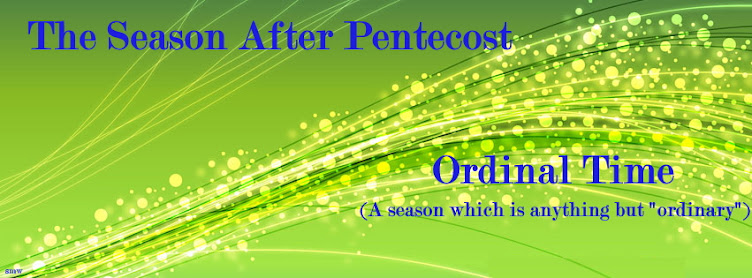Yes! Merry Christmas! Tonight is Twelfth Night!
Tomorrow is Epiphany Sunday, January 6th.
When Does Christmas End?
The Christmas Season, traditionally, has at least a couple different ending dates. One thing is clear, Christmas is NOT over on December 26th! It was actually considered "bad luck" to take down ones Christmas decorations before the season actually ended. So when DOES the Christmas Season end?
January 5th - Twelfth Night
January 6th is Epiphany, which comes from the Greek "to reveal." It is the day celebrated as when the Three Wise Men (or Three Kings) arrived to see the newborn King, Jesus Christ. This is the more recent ending of the Christmas Season as January 6th begins the Season of Epiphany. Epiphany lasts until "Fat Tuesday" for the following day is Ash Wednesday, and Lent officially begins.
February 2nd - Candlemas
It is at Candlemas (The Feast of the Presentation of Christ at the Temple) in the lectionary where the Nativity is mentioned for the last time in the liturgical year. This is the last day of Christmastide. Our priest, last Sunday, made a distinction between Christmas Season, which ends with Twelfth Night, and Christmastide, which ends with Candlemas.
Poet, Robert Herrick (1591-1674) wrote the following poem commemorating the day to take down the Christmas decorations entitled Candlemas Eve:
Candlemas Eve
Down with the rosemary and bays,
Down with the misletoe;
Instead of holly, now up-raise
The greener box, for show.
The holly hitherto did sway;
Let box now domineer,
Until the dancing Easter-day,
Or Easter’s eve appear.
Then youthful box, which now hath grace
Your houses to renew,
Grown old, surrender must his place
Unto the crispèd yew.
When yew is out, then birch comes in,
And many flowers beside,
Both of a fresh and fragrant kin,
To honour Whitsuntide.
Green rushes then, and sweetest bents,
With cooler oaken boughs,
Come in for comely ornaments,
To re-adorn the house.
Thus times do shift;
Each thing his turn does hold;
New things succeed,
As former things grow old.
The poem takes us from Christmastide, taking down our Christmas decorations, to Easter and then Pentecost (Whitsunday) and into summertime - and back to when "cooler oaken boughs..." and it is time again to re-adorn the house for the next Christ Mass celebration.







